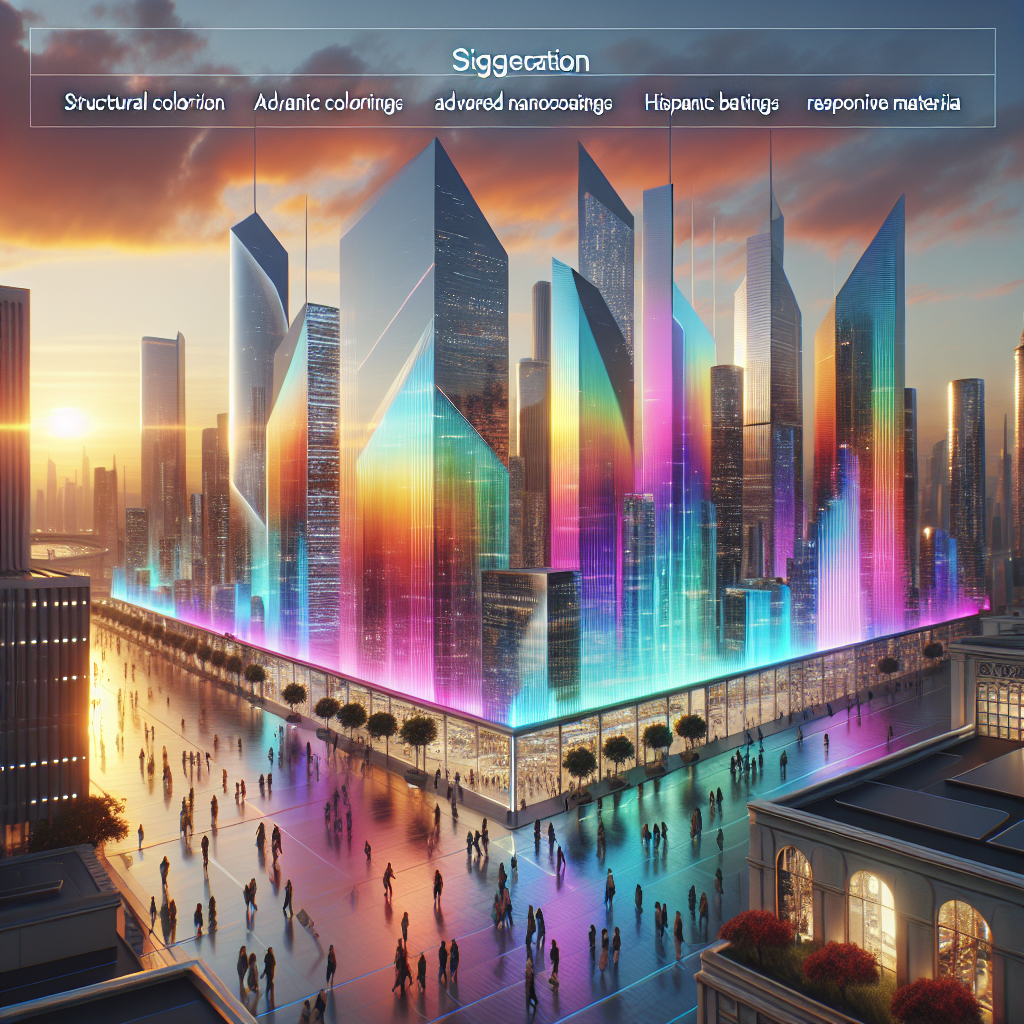Floating Architecture: Navigating Rising Tides with Avant-Garde Architecture

The Environmental Conundrum
With every high tide, the world inches closer to a pressing environmental conundrum — the threat of sea-level rise.
A Transformative Movement
Necessity, being the mother of invention, has spurred a transformative movement within the architectural realm. We now witness an audacious breed of design thinking that is not just challenging the status quo but promises to turn the tide in our favor. This emergent trend is none other than ‘floating architecture’ — a radical solution to the escalating problem of climate change.
Facing the Aquatic Assault
Our coastal cities, cradles of civilization, are facing an imminent aquatic assault. Increasing global temperatures have set the polar ice caps on a melting spree, causing sea levels to rise relentlessly. Where conventional approaches of erecting barriers or moving inland fail, floating architecture offers a novel and sustainable answer.
Buoyant Creations: Resilience and Innovation
These buoyant creations, archetypal of resilience and innovation, are not just fanciful constructs. They represent a pragmatic architectural response to the stark reality of our time, transcending the binary of land and water. By fostering harmony with the ever-changing natural environment, floating architecture encapsulates the true essence of sustainable design.
Pioneering Exemplar: Amsterdam’s Floating Neighborhood
Amsterdam’s floating neighborhood, IJburg, offers a pioneering exemplar of this inventive architectural approach. Built on artificial islands, IJburg is a testament to the marriage of functionality and creativity. Its waterborne homes, resilient against rising tides, symbolize a paradigm shift from traditional land-based structures.
Reimagining Our Relationship with Water
But floating architecture is not just about adapting to rising sea levels. It’s a bold reimagination of our relationship with water, pushing the boundaries of what is architecturally possible. Take, for instance, the award-winning Aquatic Agriculture project. This floating farm, ensconced in the heart of Rotterdam’s Merwehaven harbor, has deftly turned an urban challenge into an opportunity, blending aquaculture, hydroponics, and renewable energy to craft a self-sustaining food production system.
Addressing Concerns: The Path to Sustainability
Despite these successful forays, floating architecture still faces skepticism. Critics argue that the ecological impact of floating structures remains largely unexplored. Concerns linger over potential disruptions to marine ecosystems and the long-term viability of such projects in the face of extreme weather events.
Refining Designs and Embracing Innovation
In response, architects and engineers worldwide are relentlessly refining their designs, seeking sustainable materials, and employing cutting-edge technologies. The future of floating architecture, thus, hinges on our ability to navigate these challenges, ensuring ecological balance while crafting livable, resilient spaces.
Biomimicry: Drawing Inspiration from Nature
One promising approach to mitigate environmental concerns is biomimicry — drawing inspiration from nature’s ingenuity to create sustainable solutions. The WaterNest 100, designed by the visionary Giancarlo Zema, exemplifies this principle. This solar-powered floating home, made predominantly from recycled materials, mimics the shape of a bird’s nest, effortlessly integrating into the surrounding ecosystem while minimizing its ecological footprint.
Revolutionizing Spatial Perceptions
From floating homes and farms to entire communities, these aquatic feats of architecture are revolutionizing our spatial perceptions. With the rising tide of climate change, these buoyant solutions promise not just survival but an opportunity to thrive and coexist with our watery surroundings. They embody the reinvigorated spirit of human innovation, reshaping our built environment to embrace the reality of a water-dominated future.
The Need for Comprehensive Planning
Amid this exploration of floating architecture, the conversation needs to pivot towards more comprehensive city planning and regulatory frameworks. Only through widespread acceptance and policy support can these transformative ideas be scaled from niche novelties to mainstream solutions.
Water: Threat and Ally
As we sail into an uncertain future, let us remember that water is not just a threat; it is also an ally. It’s a vast, untapped resource offering boundless potential for sustainable living. Our ability to adapt, innovate, and harness this potential will determine not just the future of architecture but also the fate of our coastal cities and, by extension, our civilization.
A Beacon of Hope
Floating architecture represents a beacon of hope amid a stormy sea of challenges. It encapsulates our indomitable spirit, our penchant for innovation, and our unwavering resolve to forge ahead. For architects and urban planners, the rising tide isn’t just a looming crisis; it is an open invitation to reimagine, rethink, and reshape the world as we know it.





